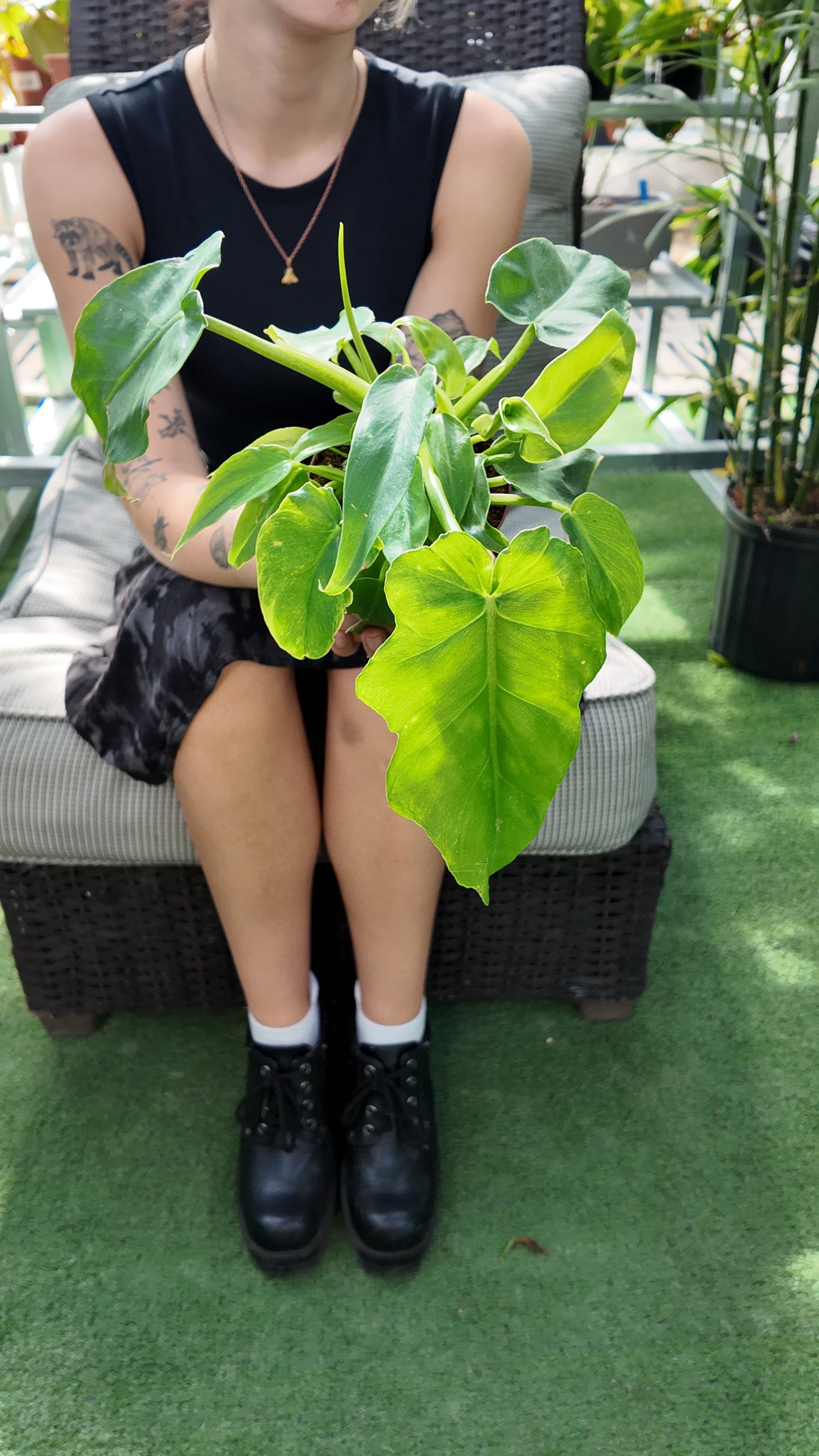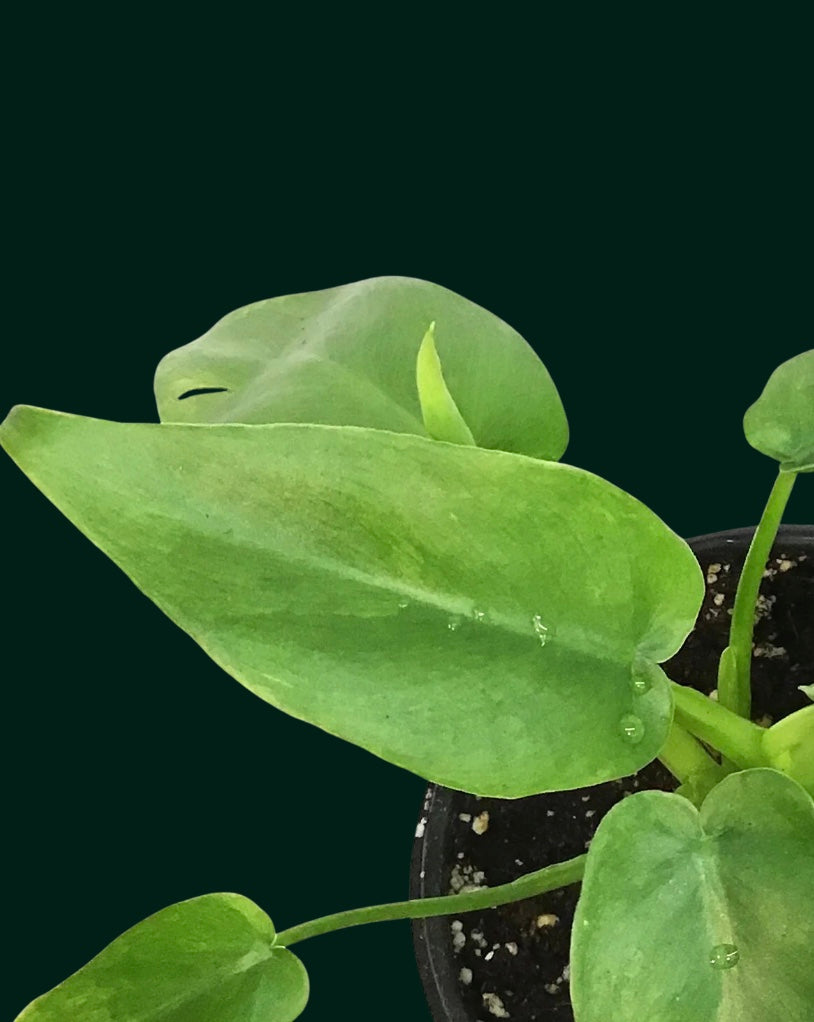1
/
of
2
Philodendron Bob Cee
Philodendron Bob Cee
Philodendron ‘Bob Cee’
The Philodendron ‘Bob Cee’ is a rare and highly sought-after climbing philodendron, admired for its deeply serrated, elongated leaves and bold, sculptural form. With its dramatic silhouette and fast-growing nature, this tropical beauty brings instant rainforest flair to any collection.
Native to tropical rainforests, Bob Cee thrives when given room to climb or trail, rewarding growers with ever-larger, more intricate foliage as it matures. Perfect for collectors and design enthusiasts alike, this statement philodendron transforms any indoor jungle into a lush, architectural display.
Sizing Description:
Small: 4" / 10cm pot diameter
Regular price
$14.99
Regular price
Sale price
$14.99
Unit price
/
per
Couldn't load pickup availability
Sun Requirements ▾
This philodendron prefers bright, indirect light to encourage strong growth and defined leaf serration. It can tolerate medium light but will grow more slowly. Avoid harsh direct sunlight, which may scorch the leaves, as well as low light, which can cause legginess and reduce leaf size.
Watering Instructions ▾
Keep the soil consistently moist but not soggy. Water when the top 1–2 inches of soil feel dry, ensuring excess water drains away completely. During spring and summer, when the plant is actively growing, you may need to water more frequently. In fall and winter, reduce watering slightly as growth slows. Consistent moisture and humidity help maintain lush, healthy foliage.
Care Tips ▾
Temperature & Humidity: Thrives in warm conditions (65–85°F / 18–29°C) with high humidity. Place near a humidifier or mist occasionally to keep humidity levels up.
Potting Medium: A chunky, well-draining aroid mix with orchid bark, perlite, and peat is ideal for strong root development.
Fertilizing: Feed every 2–4 weeks in the growing season with a balanced liquid fertilizer diluted to half strength. Pause feeding in winter.
Support: Provide a moss pole or sturdy support to encourage climbing and larger, more mature leaf development.
Maintenance: Prune as needed to shape and encourage bushier growth. Wipe leaves to keep them dust-free for maximum photosynthesis.
Share







